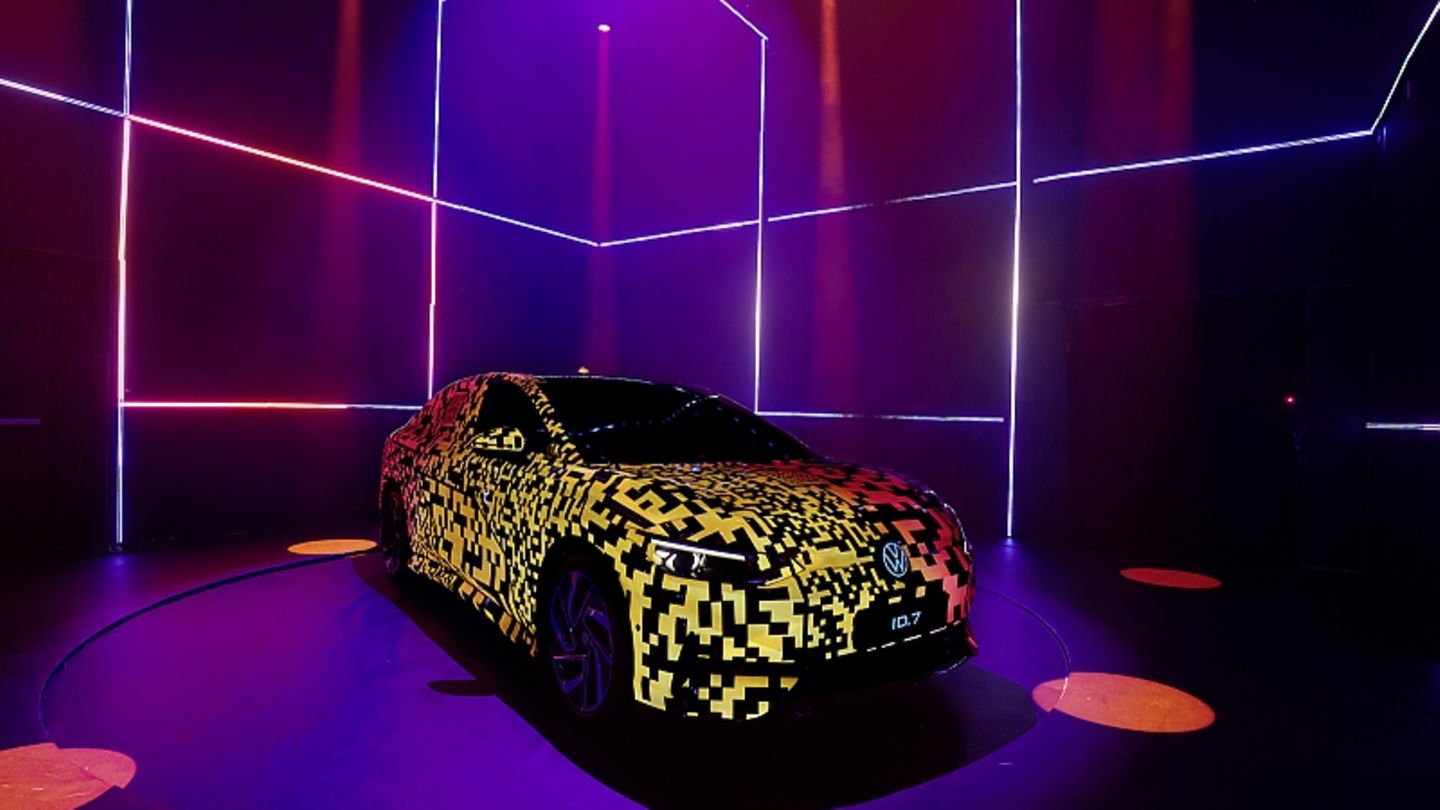Electric is becoming the new normal in road traffic – this not only has profound effects on the model portfolios of traditional car manufacturers, but also specifically on the nomenclature. The sub-brands that have been bought dearly in the past ten years are likely to disappear completely in most cases.
With a marketing effort of countless millions of euros and dollars, attempts have been made to put the sub-brands in a really green automotive light in recent years. For example, Mercedes gave its electric models a blue EQ label, Audi used the E-Tron designation for the plug, Hyundai gradually named the electric models Ioniq and Renault also gave the models new names again and again – most recently E-Tech. The name suffix has not really caught on with any manufacturer and even a simplified name annex such as BMW i, Opel e, Skoda iV or VW with its ID family is stuck in the mind of many customers. Even many car salesmen only shook their heads in irritation at the name creations of the company headquarters when it comes to the close sales battle with the prospective customer, who often hardly understands the various types of drive anyway.
However, the sometimes equally creative and technical designations are likely to disappear in most cases in the coming years even faster than they were introduced. The reason is obvious, as most combustion engines will be gradually phased out by 2030 and then disappear altogether. Therefore, there is no reason to refer to your electric S-Class as the Mercedes EQS, as is currently the case. The next generation is likely to be the S-Class again and which is available electrically or in individual versions as a combustion engine with the addition of a hybrid. It can be assumed that Mercedes will drop the EQ annex in 2024 with the Mercedes G-Class or at the latest with the new front-wheel drive platform from CLA. If the electric drive becomes the supposed normal case, then you no longer have to declare it as such. It could be easiest for a traditional manufacturer like BMW, who simply puts a small “i” in front of the actual model designation for the electric versions like i7 / 7 Series or i5 / 5 Series, which can remain in place for the time being, as long as the combustion engine and electric model side stand to one side in the salesroom. At Porsche, the electric models are currently called differently than the comparable combustion engines – Taycan / Panamera. It will soon become problematic when the Macan and Cayenne get electric successors whose product cycles overlap. Since you don’t want to introduce a new designation, an “E” should probably be used here – based on the model of the Panamera E.-Hybrid.
Even with a brand like Renault, the “E-Tech” should simply disappear and the Megane remains electrically powered what it always was: a Megane or a Twingo, just a Twingo. Audi can then simply delete its “E-Tron” behind Q6 or Q8 and Hyundai will probably send its “Ioniq” into the desert in the medium term. Nobody names the addition “iV” at Skoda anyway, since electric models like the Enyaq or the future Elroq have their own names and the iV addition is of no interest to anyone. Things are a bit different at Volkswagen, which declares its combustion models with the well-known names Polo, Golf or Passat and calls the electric models ID3, ID4 or ID7. The fact that calls are now being made to bring back sales names that have been well established for decades and that are independent sub-brands, similar to Mercedes with its S-Class or G-Class, does not make much sense. At Volkswagen, the electric entry-level model was to be called the VW Neo for a long time before the sales team, headed by Jürgen Stackmann, then decided to introduce a new, independent nomenclature for the electric models that could be adapted to the model size. Ford is turning a portfolio around and eliminating models like Fiesta, S-Max or Focus without replacement. The electric crossovers are given new names – some of which are well-known.
There is a clear advantage here for the new car manufacturers, who can usually name their vehicles without any declaratory legacy, because the previous models are missing. With the Tesla Model 3, Nio ET7 or MG4, the customer does not have to worry about whether the supposed combustion model has a different name, because the predecessor with a petrol or diesel engine under the hood does not exist. The fact that Tesla CEO Elon Musk is still angry that Ford secured the Model E designation many years ago is more of an entertainment value on social media. Musk wanted to call his Model 3 Model E and thus give his product quartet the sequential designation SEXY, for Model S, Model E, Model X and Model Y.
Source: Stern
I am a 24-year-old writer and journalist who has been working in the news industry for the past two years. I write primarily about market news, so if you’re looking for insights into what’s going on in the stock market or economic indicators, you’ve come to the right place. I also dabble in writing articles on lifestyle trends and pop culture news.




